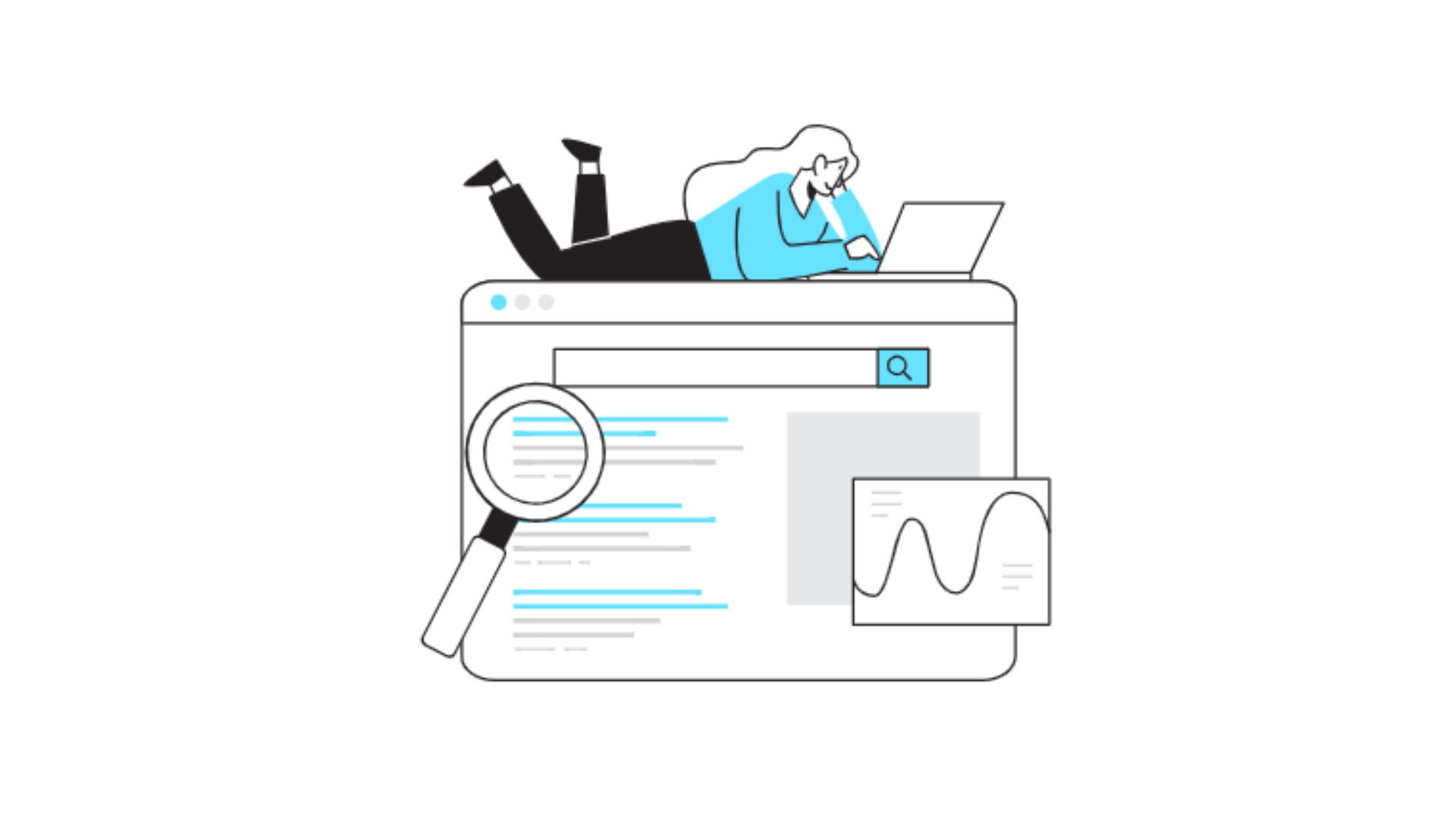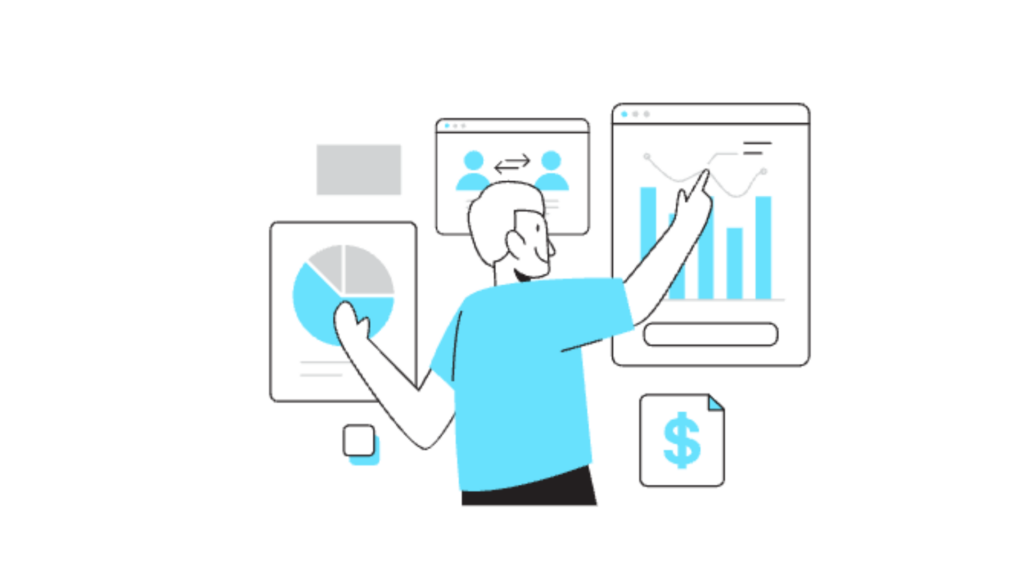How to Protect Your Digital Marketing Assets

How do you ensure that your digital marketing assets – such as logos or web pages – remain intact after a calamity occurs?
When a disaster strikes, you may be left to piece together what remains of your business. Fortunately, there are resources available that can assist in this endeavor!
If your brand is compromised or lost due to an event like a fire or flood, how do you respond?
Despite the inherent danger that comes with it, safeguarding brand equity should always be a priority for all businesses. This is because the value of one’s identity cannot be measured in dollars; rather it resides within its intrinsic worth which cannot ever be taken away.
1. Create a Content Management System
If you haven’t yet established a content management system for your digital marketing assets, then you’ve left yourself vulnerable to a multitude of mishaps.
A Content Management System (CMS) is an easily accessible tool through which you can create, monitor and manage content within your organization. This could be anything from blog posts on the internet; social media profiles; website content like images and videos – the list goes on!
With a CMS such as WordPress, we can effortlessly publish new articles or updates in seconds. Meanwhile, our users can see all changes made to any page with just one click; offering unprecedented security when it comes to managing their website content. A headless CMS offers greater flexibility.
2. Register Your Trademark
Protecting your company’s trademark is crucial to safeguarding your intellectual property and preventing another entity from using the same name or logo.
If you own a registered trade mark, it can be utilized as leverage in order to stop any infringements on any products that bear the same identifying designations; however – all without having to resort to litigation!
Ensure that all of your digital marketing assets are properly registered, because this will provide an additional layer of security against those who would seek to appropriate them for use in their own marketing strategies.
3. Implement an Information Rights Management Policy
If you’re planning to utilize another organization’s content or website, you must establish an infrastructural framework that safeguards its originality. To avoid any contention ensuing over ownership rights and protection against unauthorized use, it is prudent to adopt a policy of information rights management (IRM).
This strategy allows organizations to manage their intellectual property assets with regard to each piece of content they disseminate online. It enables them to keep track of who created the material in question and where it originated from; provide instructions on how particular pieces may be used while protecting it from being reposted without authorization.”
4. Create a Reusable Content Strategy
You don’t need to reinvent the wheel every chance you get. By utilizing existing content and repurposing it for another platform or audience, you can ensure that your marketing efforts remain consistent and effective. This can be a goldmine not only in terms of saving time but also in terms of money – reusing material reduces the necessity for production costs!
Utilize these strategies to create a truly remarkable digital marketing asset library! Invest your energies wisely by concentrating on making sure that everything you do is measurable. From blog posts and videos to landing pages, pitch decks and banners-you’ll want to make sure they are all consistently producing results!
5. Implement an Information Architecture and Physical Security Plan
At this juncture, it is essential to have a well-defined information architecture. This should entail gathering all pertinent data about your customers along with the products and services that you offer; ensuring that there is an order among all of these items.
Ensure that you have an effective physical security plan in place. Ensure that sensitive files, such as marketing plans and other proprietary material, are safeguarded adequately at all times; utilizing multiple layers of protection to ensure against any breaches.
6. Incorporate Data Backup and Exhaustion Policies
Data backups, also referred to as digital exhaust or shadow copies, are essential for safeguarding your brand’s marketing assets. This ensures that if any unexpected disaster should strike – such as equipment failure or data loss – all past efforts will be salvaged and preserved so they may be utilized in a more productive manner in the future; ideally even with minimal effort required!
Don’t fret over how to protect your digital marketing assets; these simple measures can provide ample protection against potential threats.
7. Outsource Everything You Can Afford to Do Something Else
On the flipside, don’t become too domineering in your management of data and platforms. Not only will this stifle creativity but also yield dismal results.
Instead, let specialists handle specific tasks while leaving you free to focus on matters that are more urgent or important. This approach gives you greater control over how things are handled while allowing them to remain effective at the same time!
8. Acquire Physical Security Guards and Cameras Everywhere You Can Get Them
Last but not least, we turn our attention to the realm of physical security. In today’s digital era, it is crucial that all businesses take steps to safeguard their digital assets from unauthorized access.
To protect your digital marketing assets and keep the bad guys out of the equation, consider equipping all accessible areas with high-definition video surveillance systems. By ensuring that cameras are situated in key locations throughout your business premises – both inside and outside – you can ensure maximum security for data holdings as well as prevent any potential breaches in information integrity during travel or shipment processes.
Additionally, employing guards and shuttling vehicles around to ensure that no pilfering occurs at any given time is an effective way to keep your data secure.
9. Don’t Be the Guy Who Didn’t Do This
If you’ve been entrusted with marketing assets that are essential for a business, then it’s imperative that you safeguard these assets carefully. Without any form of security precautions in place, an organization may experience undesirable consequences – such as data loss and financial losses.
As an industry, we have become accustomed to the notion of safeguarding our valuable marketing assets. This can be done, for example, by employing sophisticated tools like SafeGuardID.
Conclusion
The most amazing and awe-inspiring aspect of all is that the digital footprint we leave behind can never be eradicated. Instead, it can be utilized as a potent force for good! How about a little inspiration for you today?



